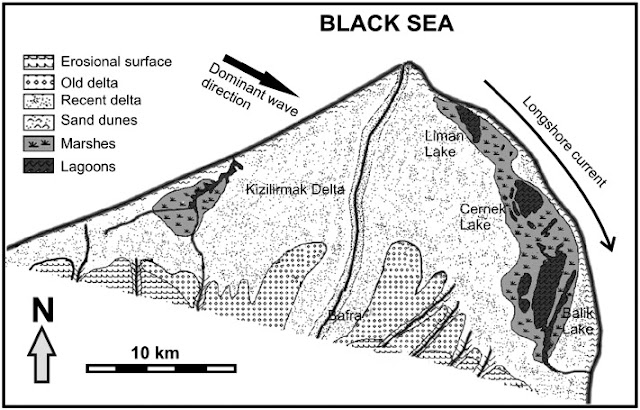Final Hazards Report - Turkey

Final Hazards Report - Turkey After a semester of research on the hazards of Turkey, the two main hazards I will be discussing in this final blog is mass wasting and earthquakes. Scientists have found nearly 45 active slides alone on Mount Akdag, along the Western Taurus range in Turkey. Mass wasting, or landslides, is the movement of earth materials downslope and, although perhaps not as dramatic as an earthquake or a volcano, the results, nevertheless, can be as devastating. Karst, glacial, tectonic and gravitational processes which contribute to mass wasting exist more than a mile high on Mount Akdag. The southern slope is the most active, with a slide covering more than three miles, and with a total spread of just over six miles. However, this mountain has a preponderance of landslides which have occurred all around it. High debris which flows down into the river system at the base of the mountain contributes to frequent torrents and flooding and ...




